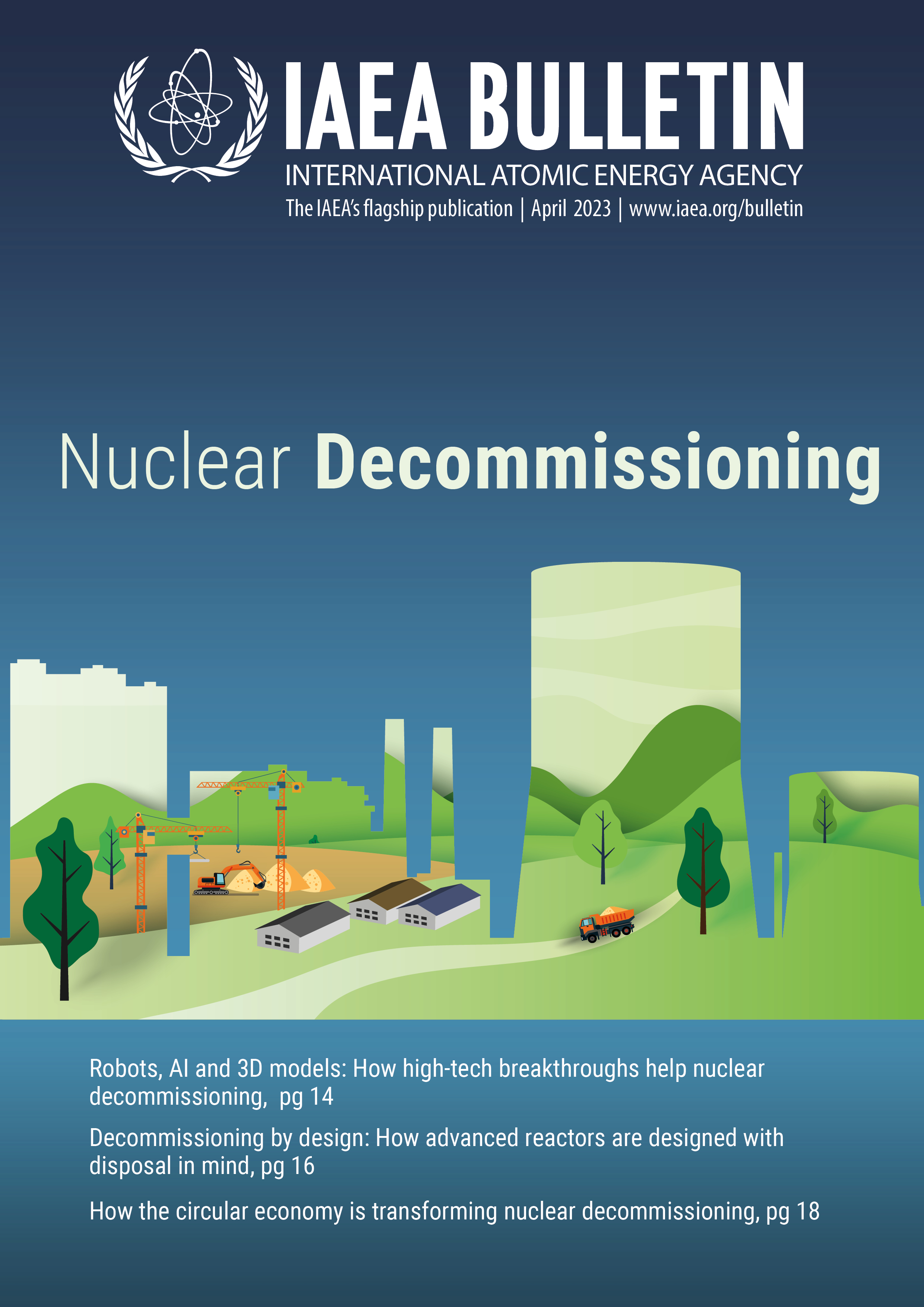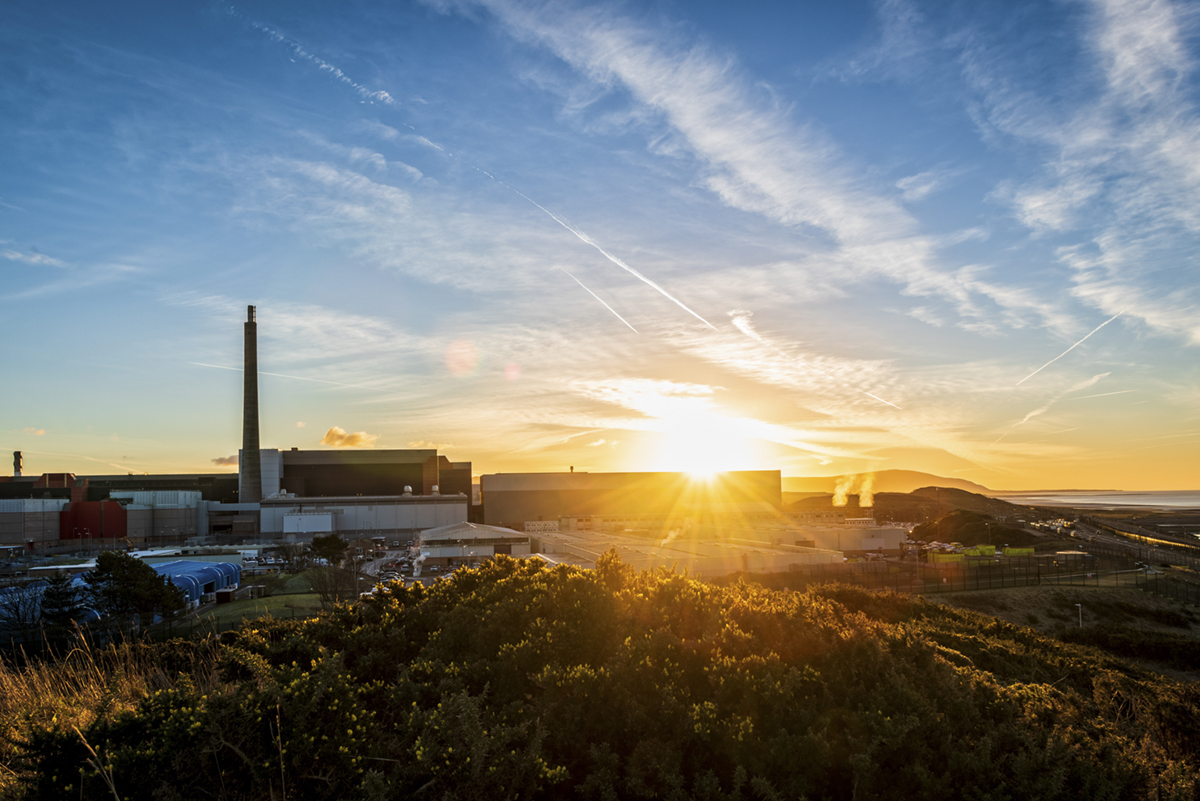Nuclear engineering, construction, demolition and waste management companies are expected to be the main service providers to the decommissioning industry. Their role will be to decontaminate and dismantle nuclear facilities and to rehabilitate sites for a safe, useful future, taking into account sustainability and socio-economic factors. Nuclear facilities must also be dismantled and made safe in a way which considers environmental impacts, in line with circular economy principles, including by recycling recovered metals, wires and cables, and segregating clean concrete from reinforcement steel concrete. At the same time, this complex task requires a highly skilled nuclear workforce, which must be expanded in order to avoid a nuclear skills shortage in the future.
In order to retain knowledge and advance the industry, the IAEA International Decommissioning Network provides a forum for organizations and individuals involved in the decommissioning and dismantling of nuclear facilities to share experiences and lessons learned. The IAEA assists countries in the planning and implementation of decommissioning by providing safety, legal and technical advice, and by supporting knowledge sharing through training courses and workshops. It plays an important role in facilitating broad international collaboration, as well as conducting technical reviews to establish good practices and to ensure that lessons are learned from experience.
“The network brings together organizations and individuals involved in the decommissioning and dismantling of nuclear facilities,” said Tetiana Kilochytska, a Decommissioning Specialist at the IAEA. “It helps disseminate information relevant to the decommissioning process, such as the sharing of best practices and innovations, to enhance cooperation and coordination in the decommissioning industry around the world.”
One of the oranizations sharing its expertise for the benefit of others is the organization responsible for the Sellafield site in the United Kingdom. The site has hosted a range of nuclear facilities, such as nuclear power reactors, fuel reprocessing facilities and waste treatment plants. When it opened in the 1950s, Calder Hall on the Sellafield site was the first commercial nuclear power station in the world. The large range of aged nuclear facilities on a compact footprint means the decommissioning professionals working site has had to develop innovative and unique solutions during decommissioning, including digitalization and robotics.
“It is a very complex nuclear decommissioning challenge,” said Mike Guy of Sellafield Limited.
“That is due to the large number and diverse nature of the facilities in close proximity on a congested site. We must deal with a wide range of waste challenges, including waste that has been stored in underwater ponds and the removal of waste from very large and complex cells.”
Decommissioning at the Sellafield site began in the 1980s and is expected to continue throughout this century, and even beyond. This wealth of experience means that Sellafield is in an ideal position to share its unique expertise and experiences with the international decommissioning community. It has already implemented new processes to simplify and accelerate the treatment of radioactive waste at legacy sites, and shared its knowledge on the dismantling of structures in order to help engineers design facilities which are easier to deconstruct.
In addition, investment in supply chains that work with Sellafield Limited shows the potential financial benefits for companies entering the nuclear industry. In 2021, the United Kingdom’s Nuclear Decommissioning Authority, the public body which oversees decommissioning at the Sellafield site, spent around 55 per cent of its 4 billion US dollar annual budget on services provided by partner companies.

